Top 10 Fruits Highest in Protein
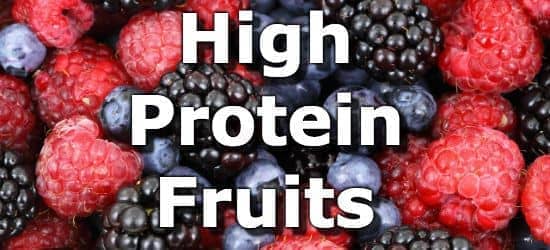
Fruits can be a good source of protein, though they tend to provide less than vegetables, beans, nuts, and other high protein foods.
The current daily value (DV) for protein is 50 grams per day and is meant as a general goal for most people. (1) 1 cup of fruit can provide between 1 and 10% of the DV for protein. High protein fruits include guavas, avocados, apricots, kiwifruit, blackberries, oranges, bananas, cantaloupe, raspberries, and peaches.
The list below is sorted by the amount of protein contained in a one cup serving of each fruit. This allows for accurate comparison between different fruits. For more fruits high in protein, see the extended list of less common protein-rich fruits, and dried fruit high in protein.
High Protein Fruits List
-
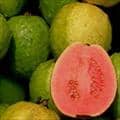 1. Guavas + Add
1. Guavas + Add
Protein
per CupProtein
per 100gProtein
per 200 Calories4.2g
(8% DV)2.6g
(5% DV)7.5g
(15% DV)An average guava provides 1.4g (3% DV) protein.
-
2. Avocados + Add
Protein
per CupProtein
per 100gProtein
per 200 Calories3g
(6% DV)2g
(4% DV)2.5g
(5% DV)An average avocado provides 4g (8% DV ) protein.
-
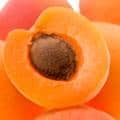 3. Apricots + Add
3. Apricots + Add
Protein
per CupProtein
per 100gProtein
per 200 Calories2.2g
(4% DV)1.4g
(3% DV)5.8g
(12% DV)An average apricot provides 0.5g (1% DV) protein.
-
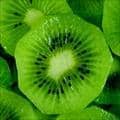 4. Kiwifruit + Add
4. Kiwifruit + Add
Protein
per CupProtein
per 100gProtein
per 200 Calories2.1g
(4% DV)1.1g
(2% DV)3.7g
(7% DV)An average kiwifruit provides 0.8g (2% DV) protein.
-
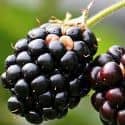 5. Blackberries + Add
5. Blackberries + Add
Protein
per CupProtein
per 100gProtein
per 200 Calories2g
(4% DV)1.4g
(3% DV)6.5g
(13% DV) -
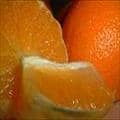 6. Oranges + Add
6. Oranges + Add
Protein
per CupProtein
per 100gProtein
per 200 Calories1.7g
(3% DV)0.9g
(2% DV)4g
(8% DV)An average orange provides 1.2g (2% DV) protein.
-
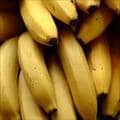 7. Bananas + Add
7. Bananas + Add
Protein
per Cup SlicedProtein
per 100gProtein
per 200 Calories1.6g
(3% DV)1.1g
(2% DV)2.4g
(5% DV)An average banana provides 1.3g (3% DV) protein. -
8. Cantaloupe + Add
Protein
per CupProtein
per 100gProtein
per 200 Calories1.5g
(3% DV)0.8g
(2% DV)4.9g
(10% DV)An average cantaloupe provides 4.6g (9% DV) protein. -
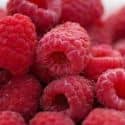 9. Raspberries + Add
9. Raspberries + Add
Protein
per CupProtein
per 100gProtein
per 200 Calories1.5g
(3% DV)1.2g
(2% DV)4.6g
(9% DV) -
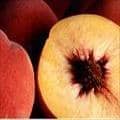 10. Peaches + Add
10. Peaches + Add
Protein
per CupProtein
per 100gProtein
per 200 Calories1.4g
(3% DV)0.9g
(2% DV)4.7g
(9% DV)An average peach provides 1.4g (3% DV) protein.
Printable One Page Sheet
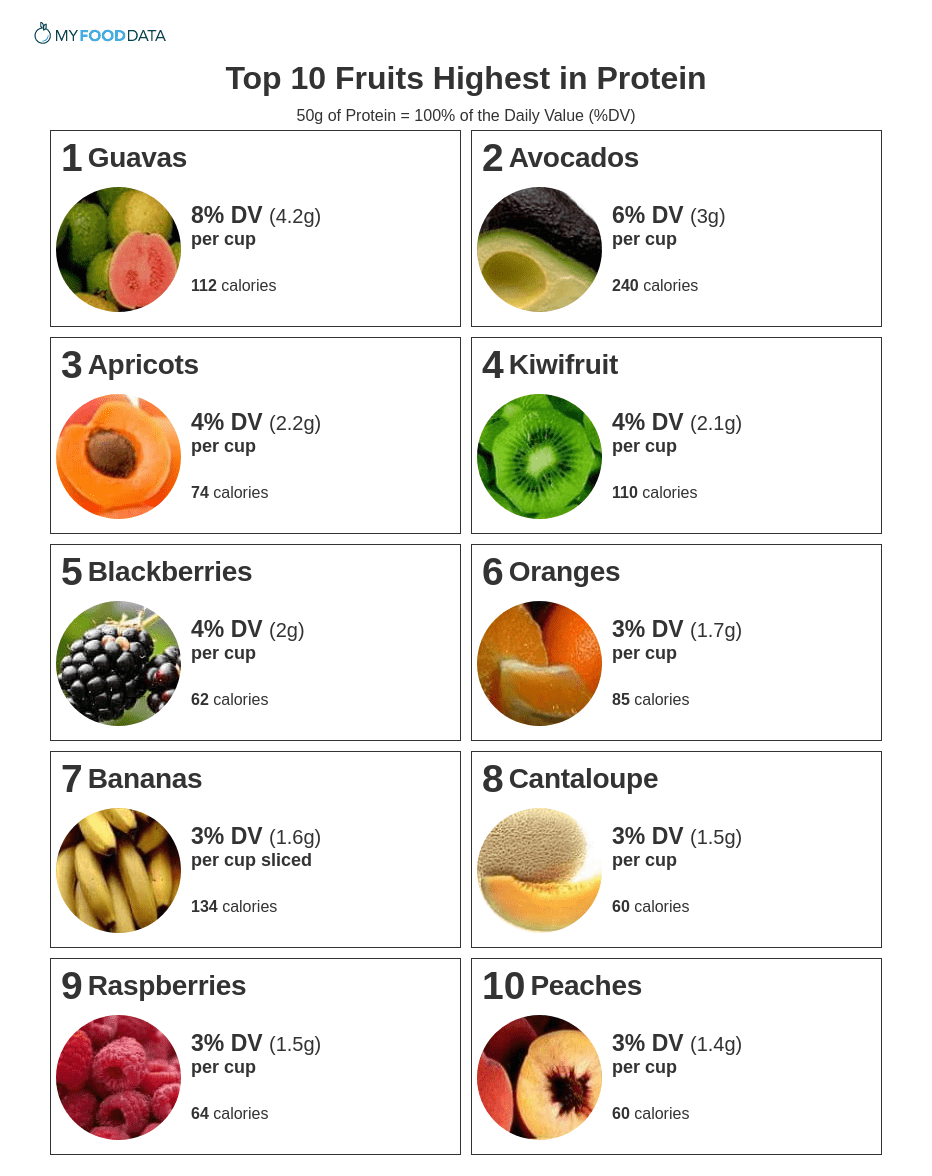
Less Common Protein Rich Fruits
| Food | Serving | Protein |
|---|---|---|
| 1. Passion-Fruit (Granadilla) + | per cup | 10% DV (5.2g) |
| 2. Horned Melon (Kiwano) + | 1 cup | 8% DV (4.1g) |
| 3. Durian + | per cup chopped | 7% DV (3.6g) |
| 4. Jackfruit + | 1 cup | 6% DV (2.8g) |
| 5. Groundcherries + | 1 cup | 5% DV (2.7g) |
| 6. Mamey Sapote + | 1 cup chopped | 5% DV (2.5g) |
| 7. Mulberries + | per cup | 4% DV (2g) |
| 8. Cherries + | per cup | 3% DV (1.6g) |
| 9. Black Currants + | 1 cup | 3% DV (1.6g) |
| 10. Nectarines + | per cup | 3% DV (1.5g) |
Dried Fruit High in Protein
| Food | Serving | Protein |
|---|---|---|
| 1. Zante Currants + | 1 cup | 10% DV (4.9g) |
| 2. Dried Figs + | 1 cup | 10% DV (4.9g) |
| 3. Dried Pears + | 1 cup | 7% DV (3.4g) |
| 4. Dried Apricots + | per cup | 2% DV (1g) |
| 5. Raisins + | per oz | 2% DV (0.9g) |
| 6. Prunes + | per 3 prunes | 1% DV (0.7g) |
| 7. Dates (Deglet Noor) + | per 3 dates | 1% DV (0.5g) |
From the Nutrient Ranking Tool
Use the ranking tool links below to select foods and create your own food list to share or print.
- Foods High in Protein
- Foods Low in Protein
- Vegetables High in Protein
- Fruits High in Protein
- Vegetarian Foods High in Protein
- Nuts High in Protein
- Grains High in Protein
- Beans High in Protein
- Dairy High in Protein
- Breakfast Cereals High in Protein
- Fast Foods High in Protein
View more nutrients with the nutrient ranking tool, or see ratios with the nutrient ratio tool.
Related
Data Sources and References
Simplify Nutrition Tracking with MyFoodData!
Speedy Tools and Detailed Data FREEEasily analyze your meals to find the best foods for your goals.
✅ Use our recipe nutrition calculator and nutrition comparison tool.
✅ Access expert nutrition data tools and in-depth articles.
✅ Log foods and organize your recipes with a free account.


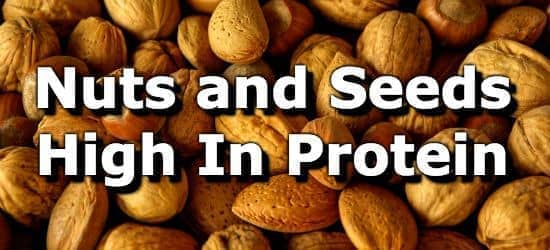 Next ➞
Next ➞
